
A storm system will shift from eastern Texas into the lower Mississippi Valley Monday with additional threats of severe thunderstorms and heavy to excessive rainfall which may bring flooding. A Flood Watch remains in effect. In the northern U.S., a storm will bring heavy snow and gusty winds over parts of the northern Rockies, northern Plains, and Upper Midwest Monday into Wednesday. Read More >
Duluth, MN
Weather Forecast Office

With all the crazy weather in December and warmth preceding it, it’s hard to believe that January was several degrees below average. But, after the mid-December Derecho, we plunged right into the depths of winter, and January brought several episodes of snow and cold. While the cold was generally not record-breaking, it was consistently cold for most of the month. Snow and liquid equivalent precipitation was generally below average, though a rogue lake-effect snow event brought Duluth’s snow totals just above average. Drought status remains relatively unchanged per the US Drought Monitor, and Lake Superior’s water levels are now likely to remain below average as we go into spring.
Per CPC’s forecasts, the rest of February may feature cooler temperatures and higher precipitation than normal with drought persisting (but possibly improving going into spring).
Duluth

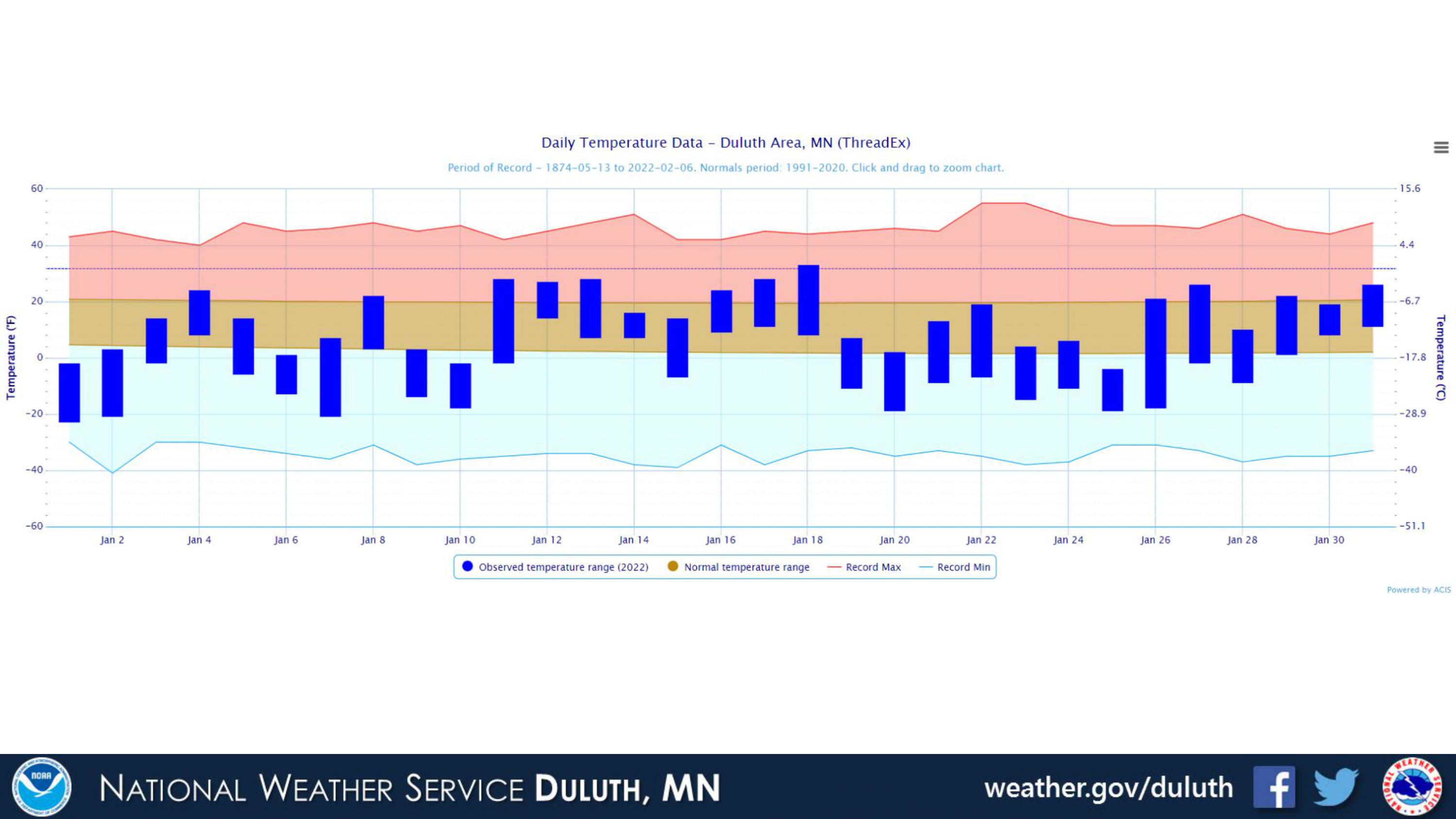
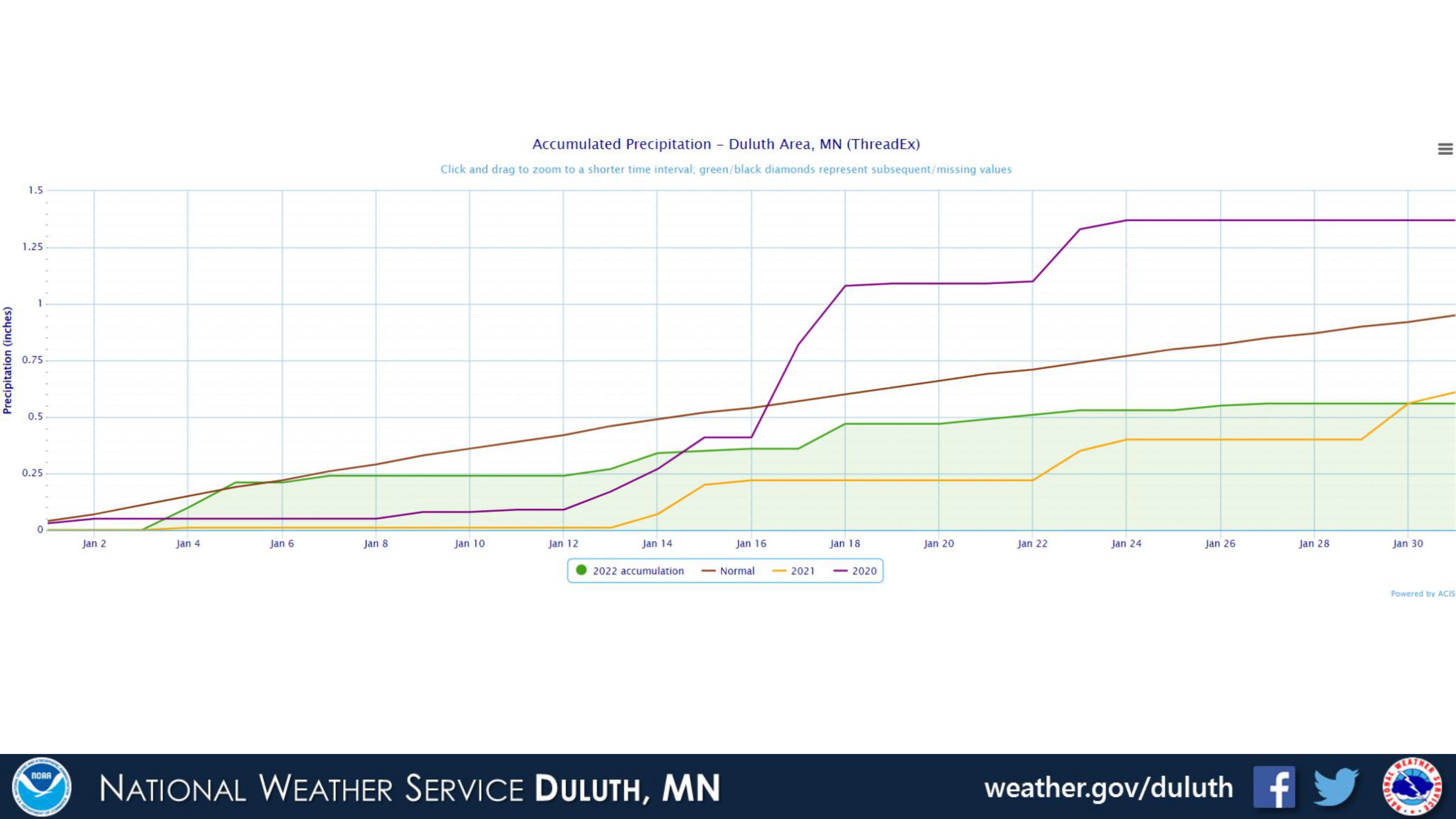
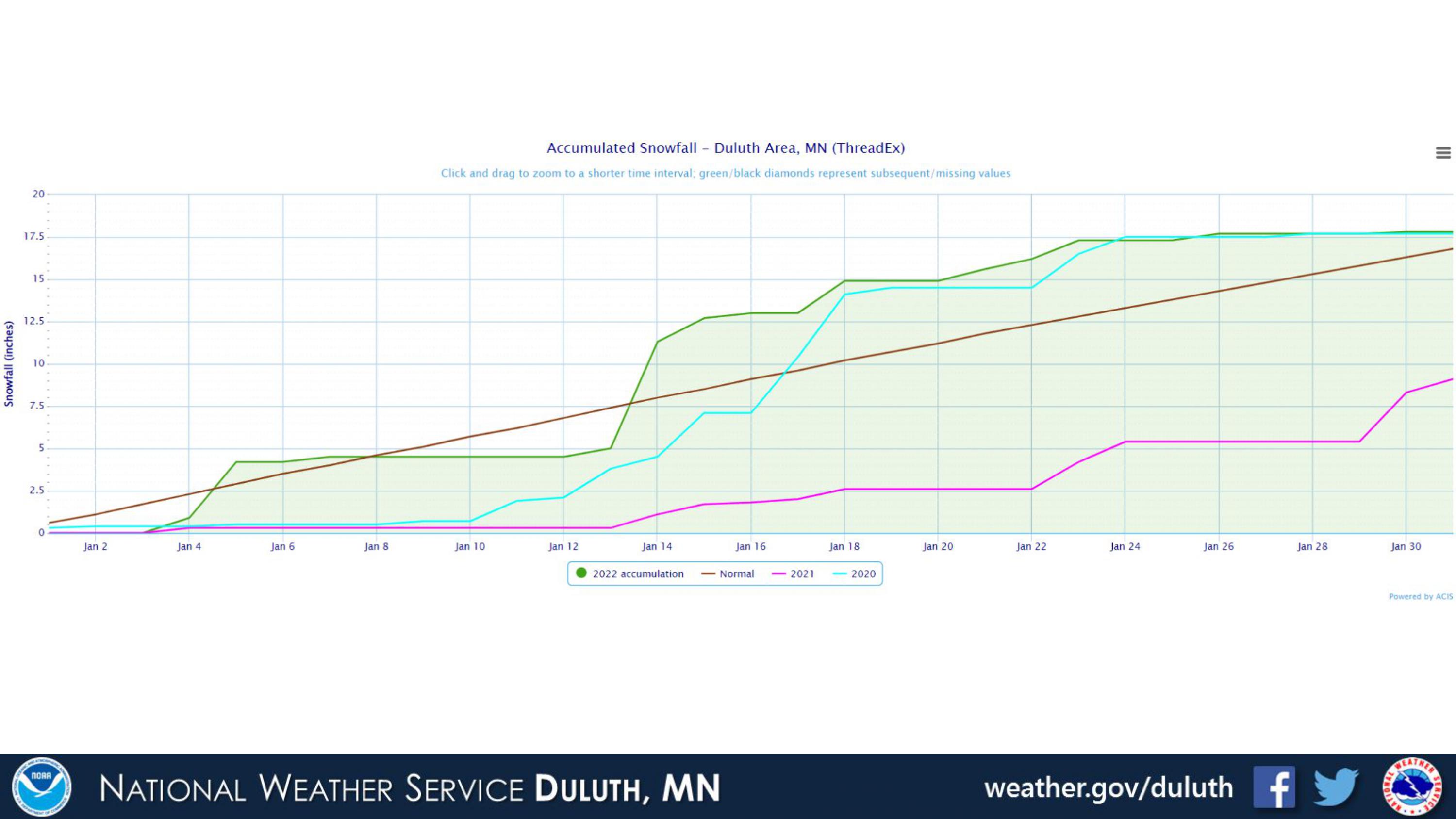
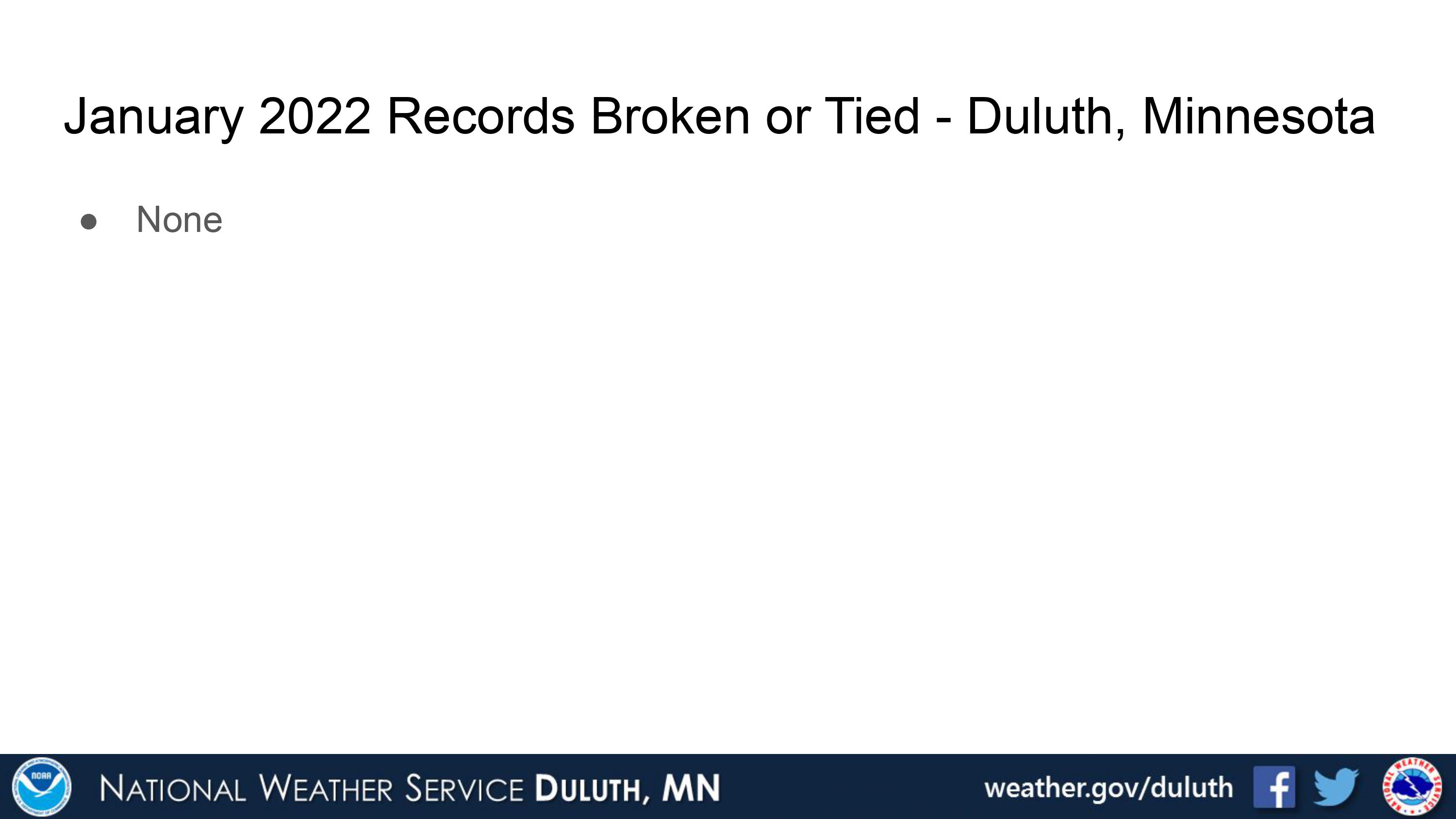
International Falls
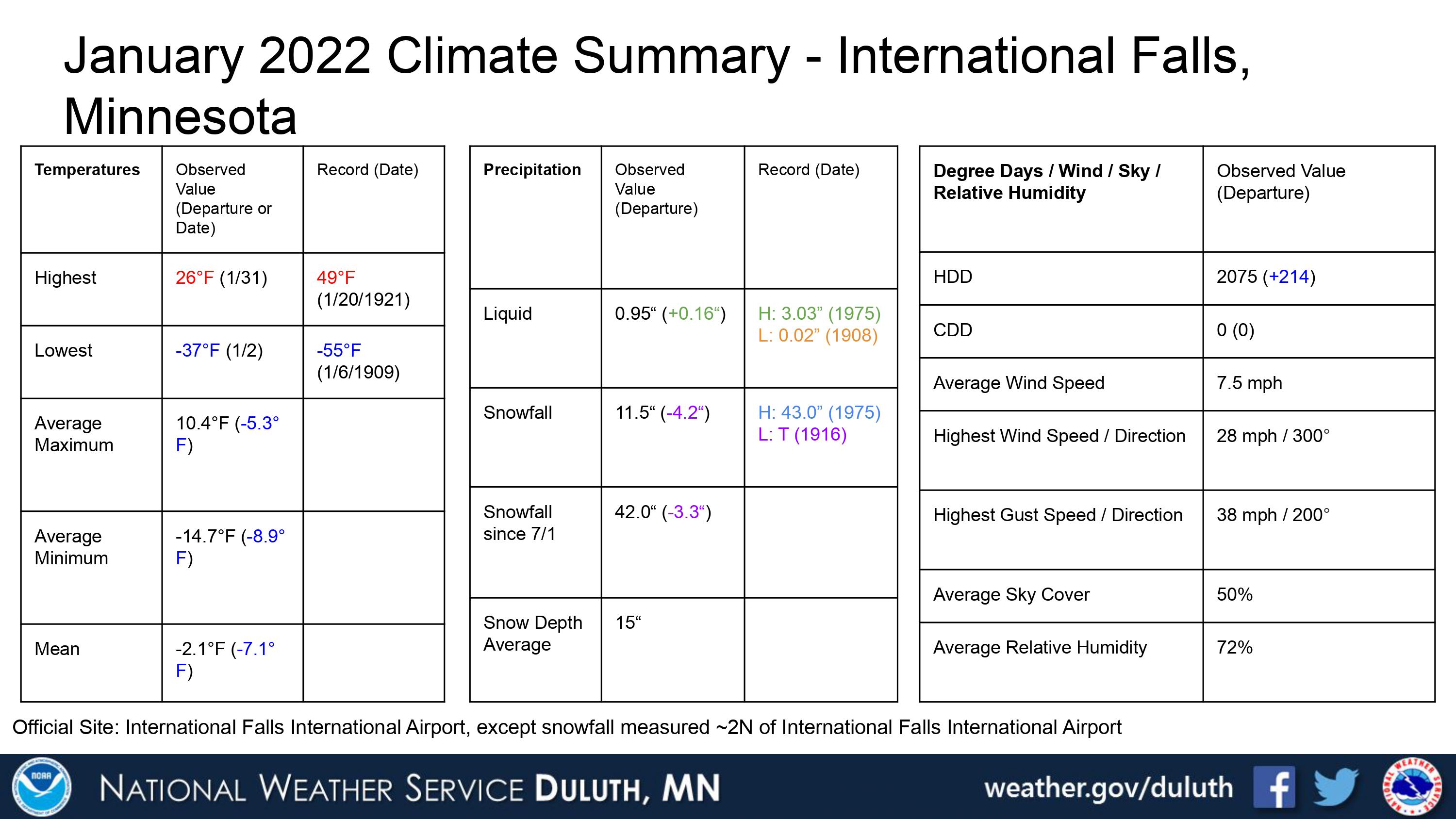
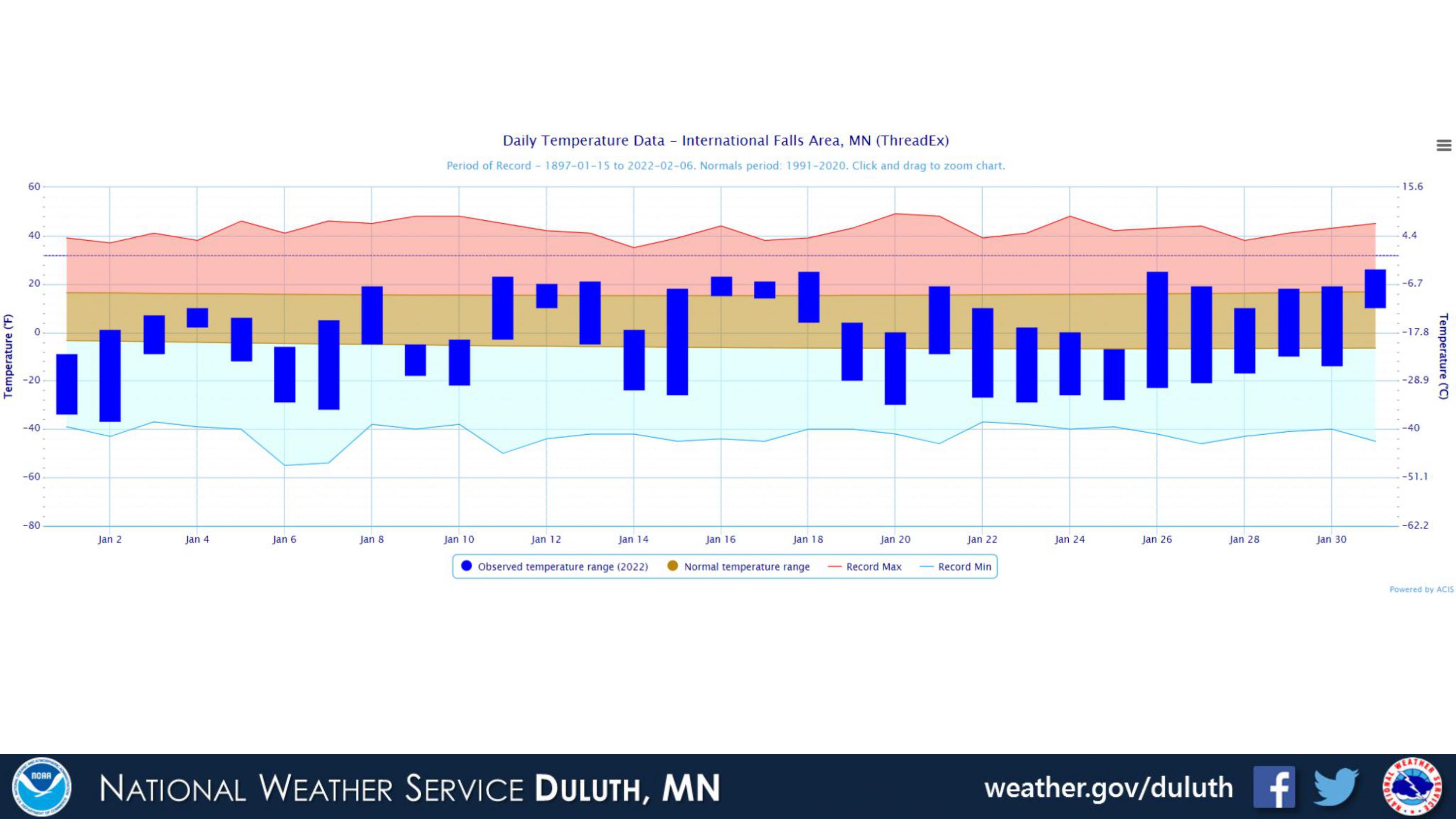
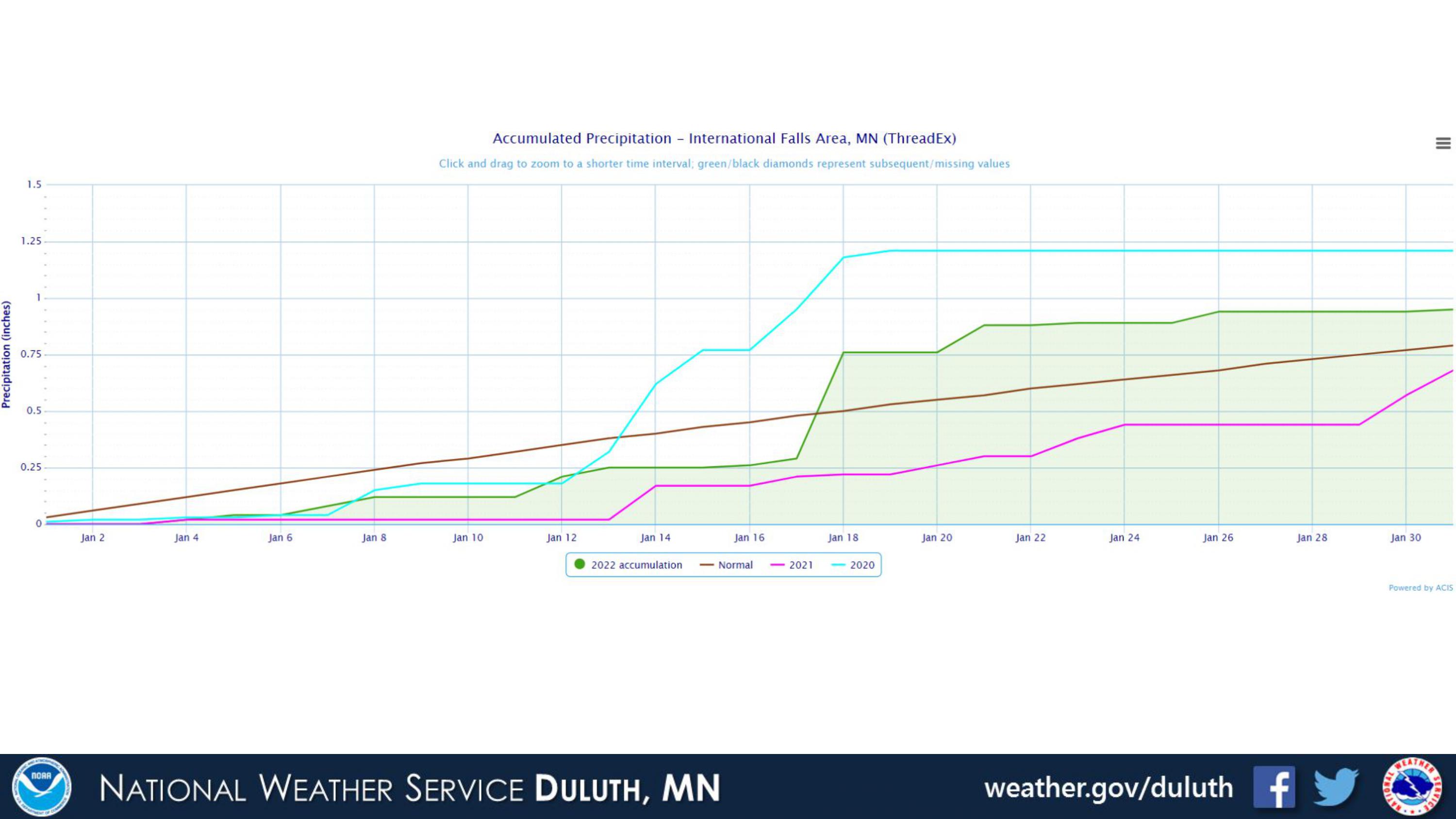
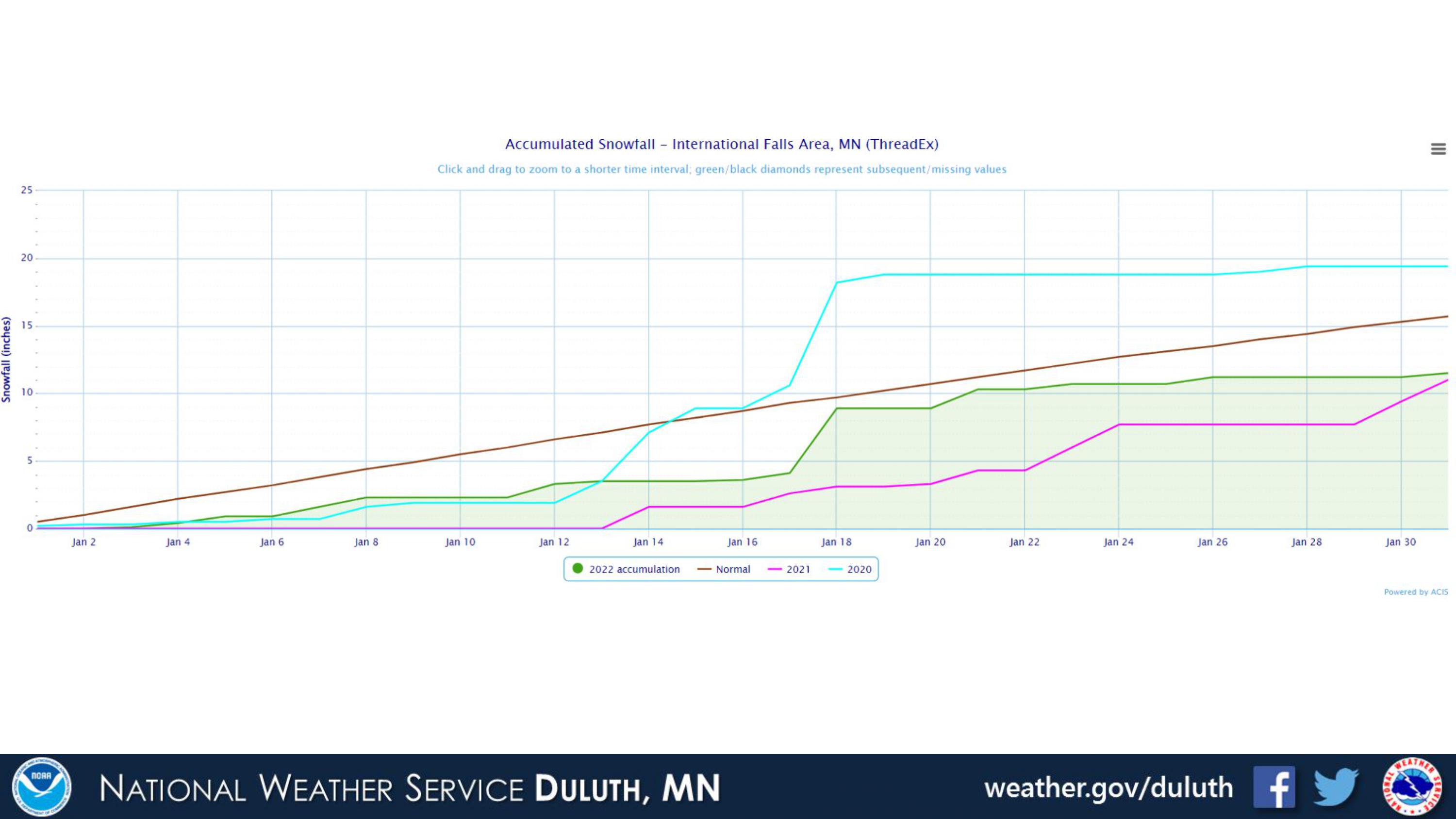
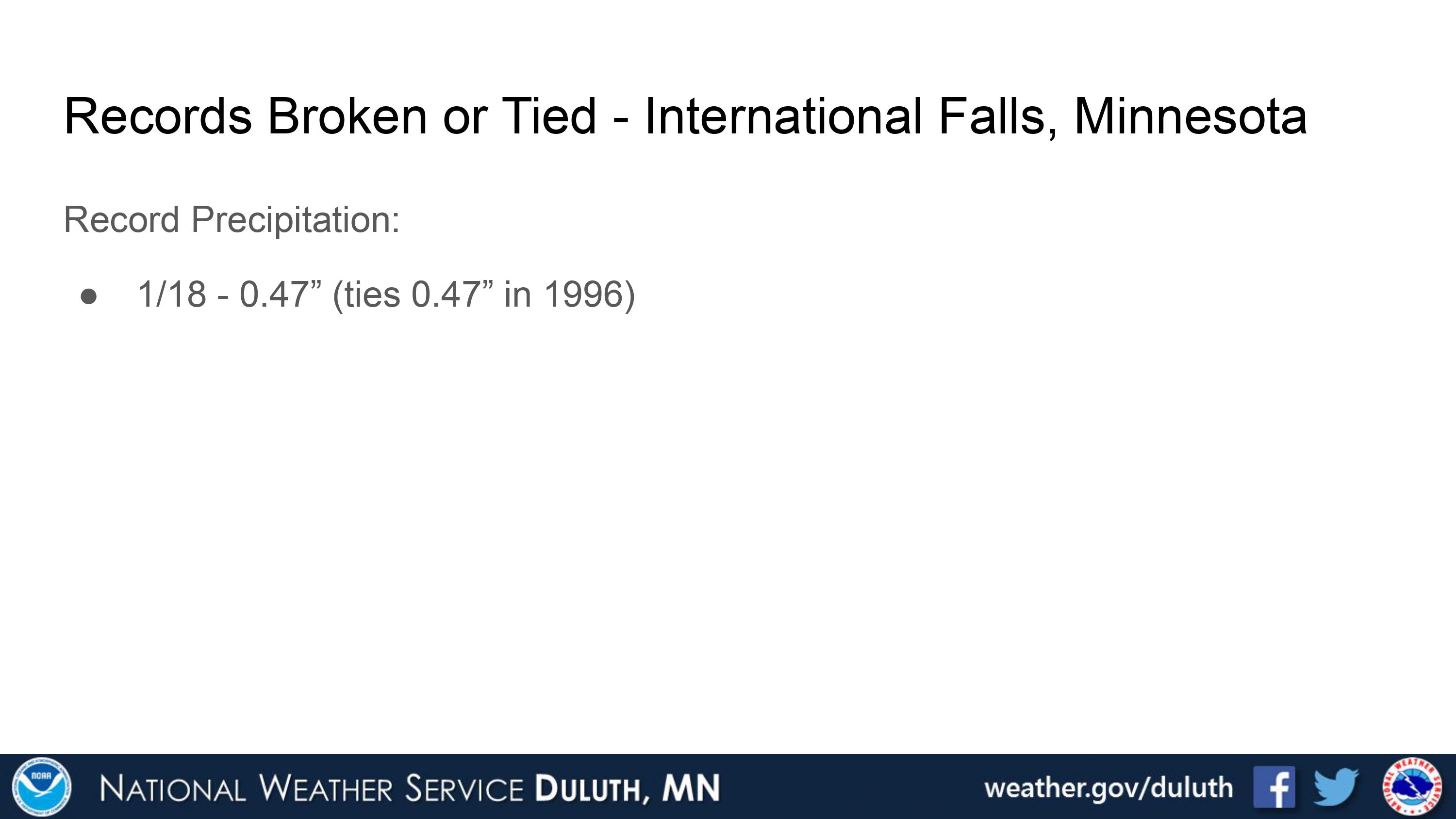
Hibbing
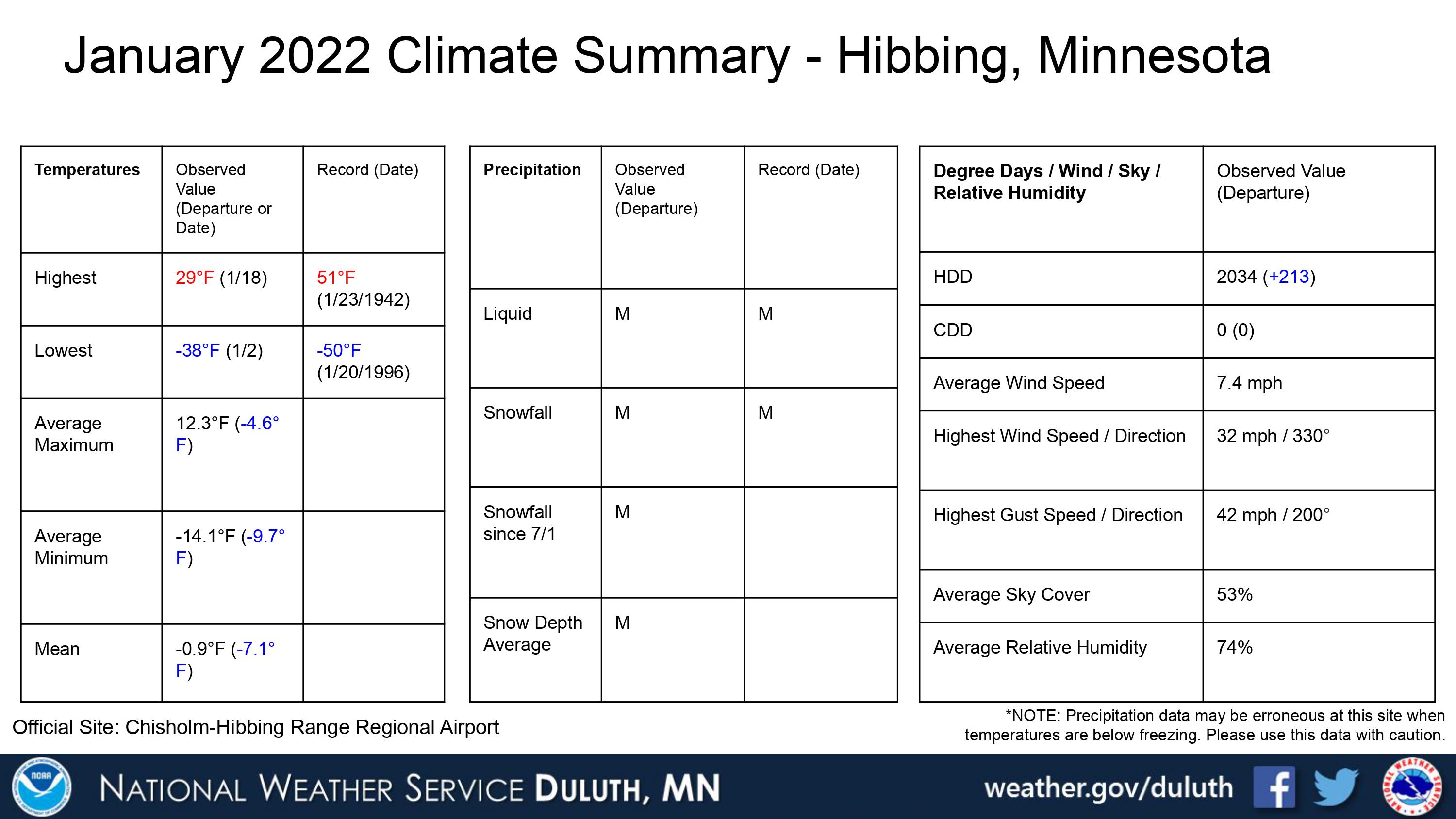
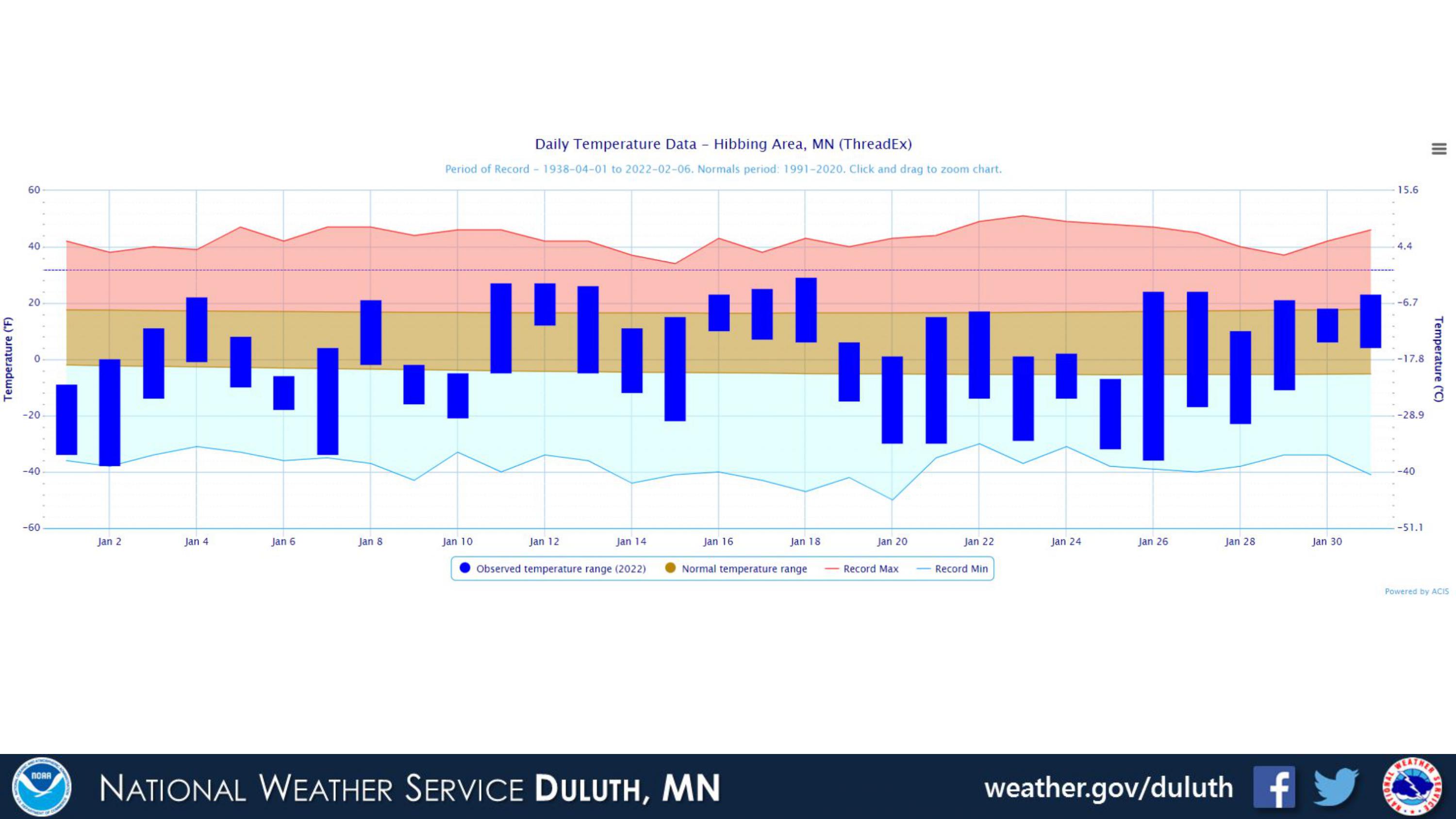
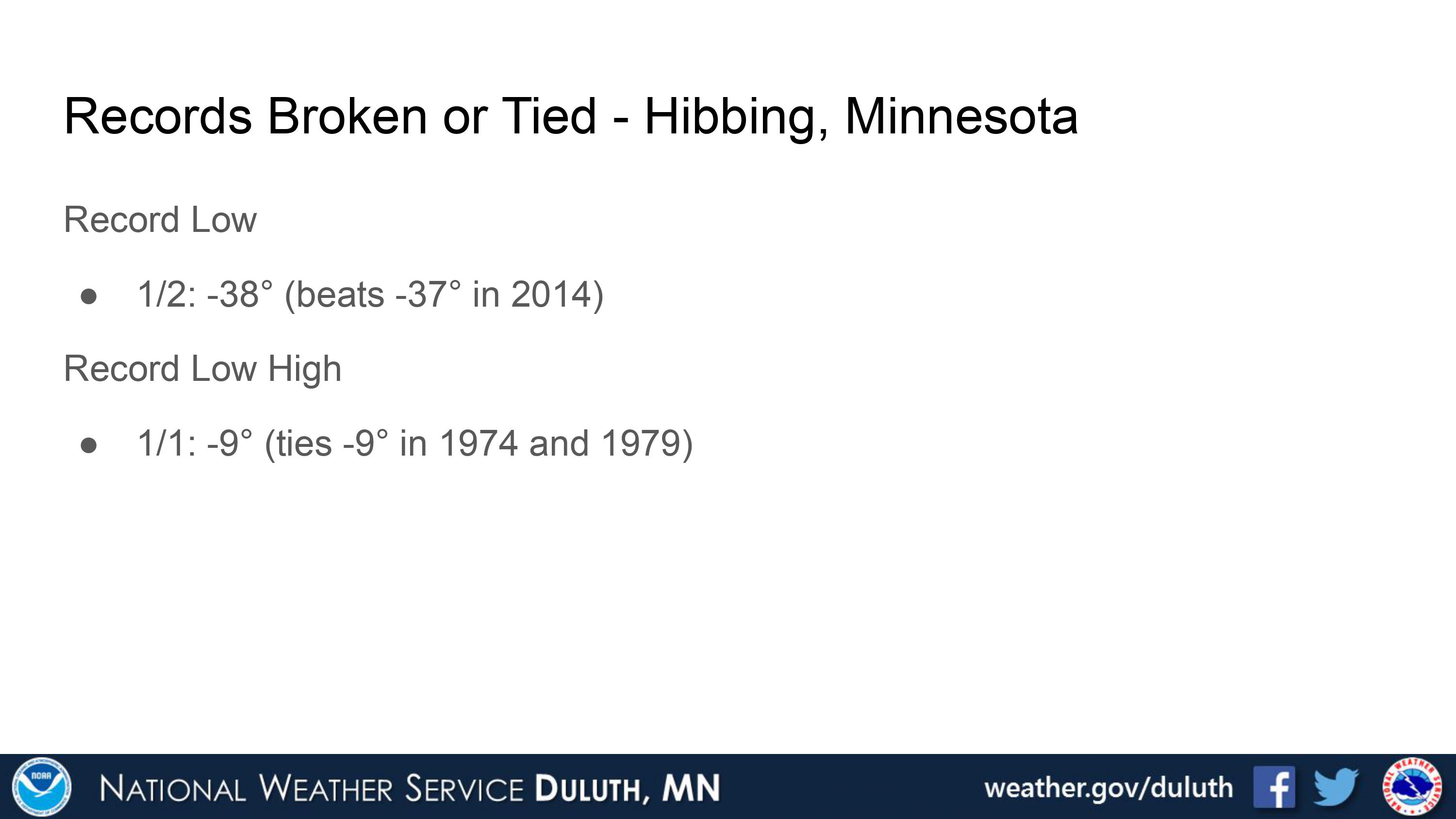
Brainerd
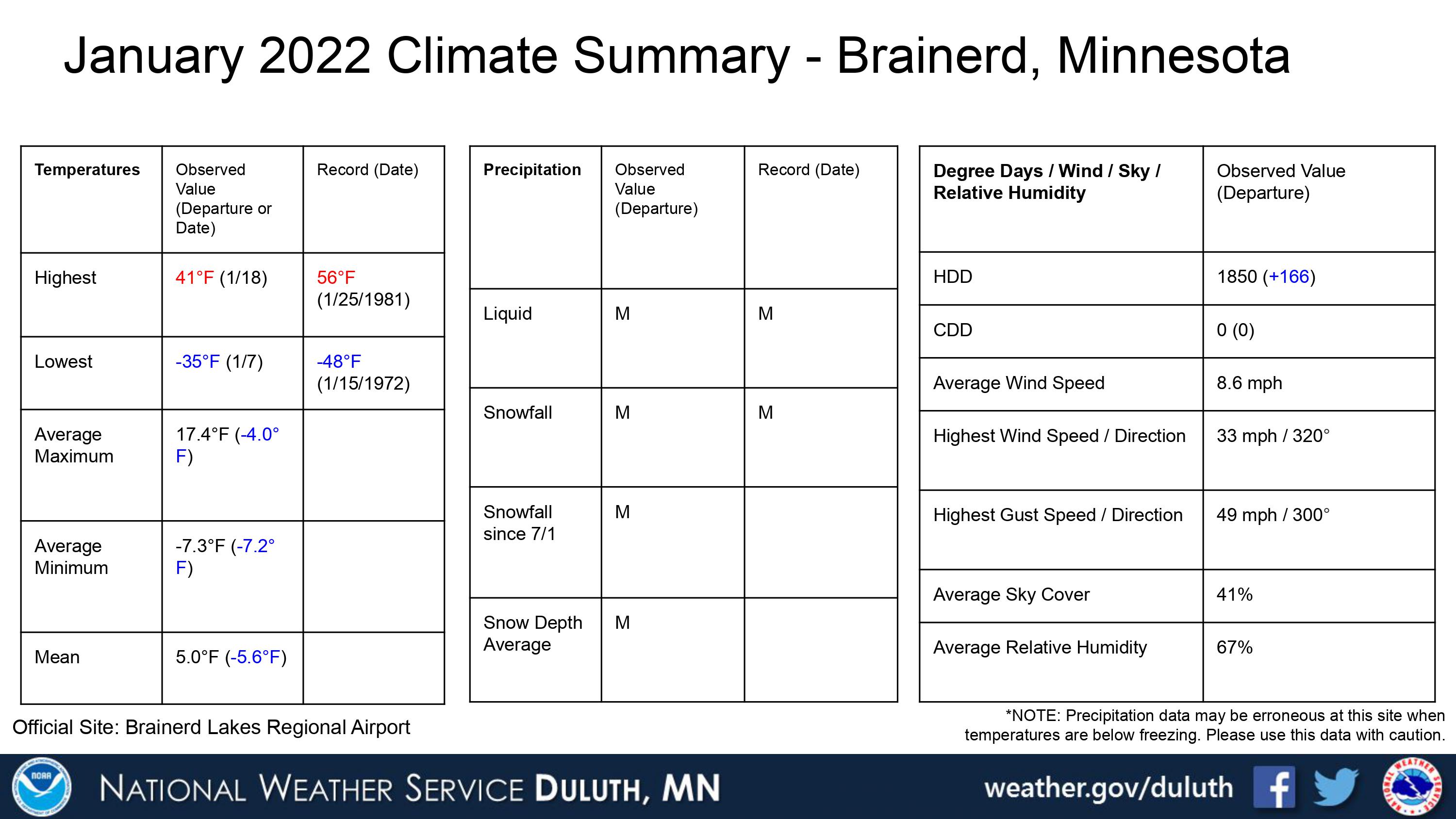
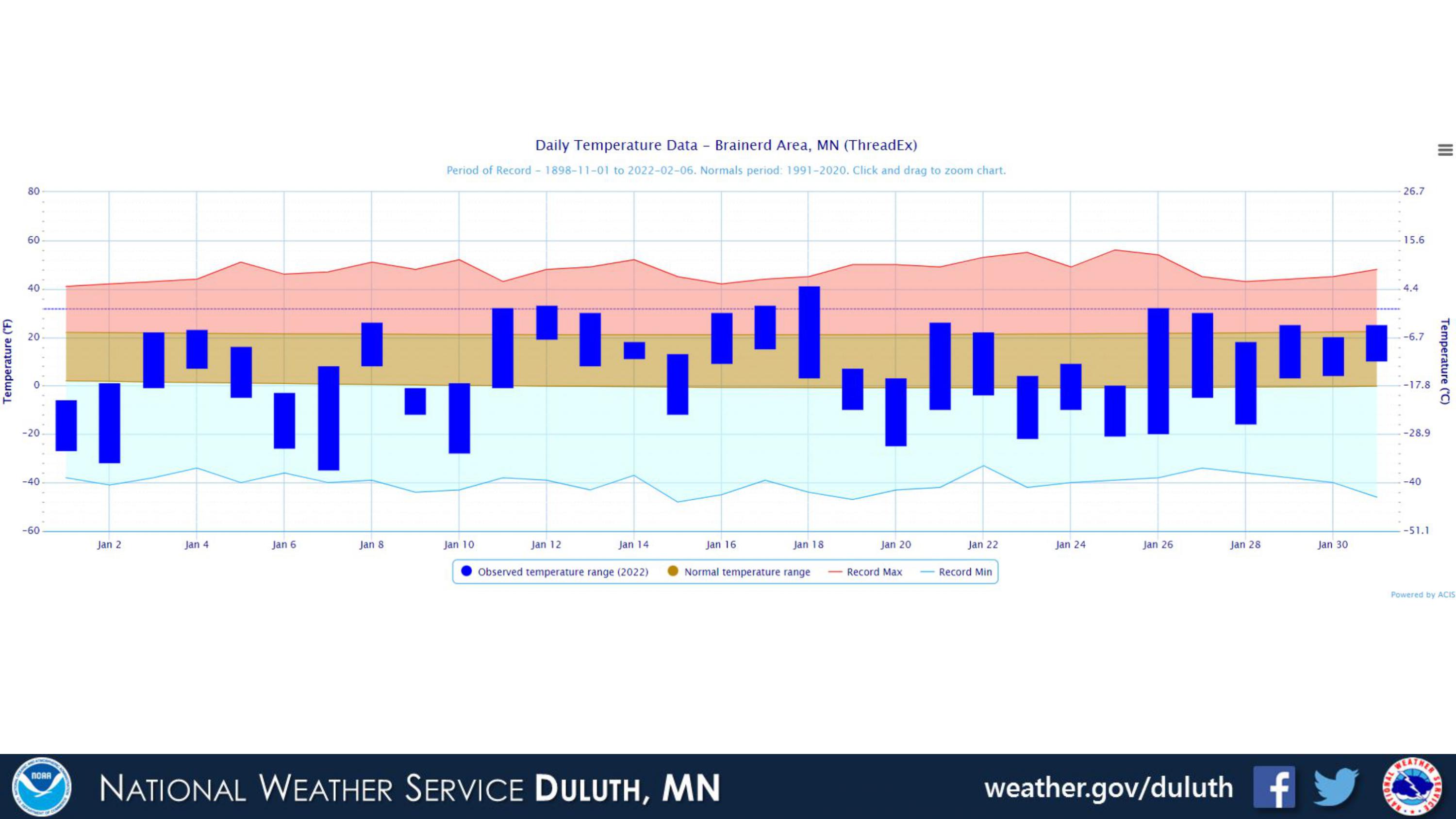
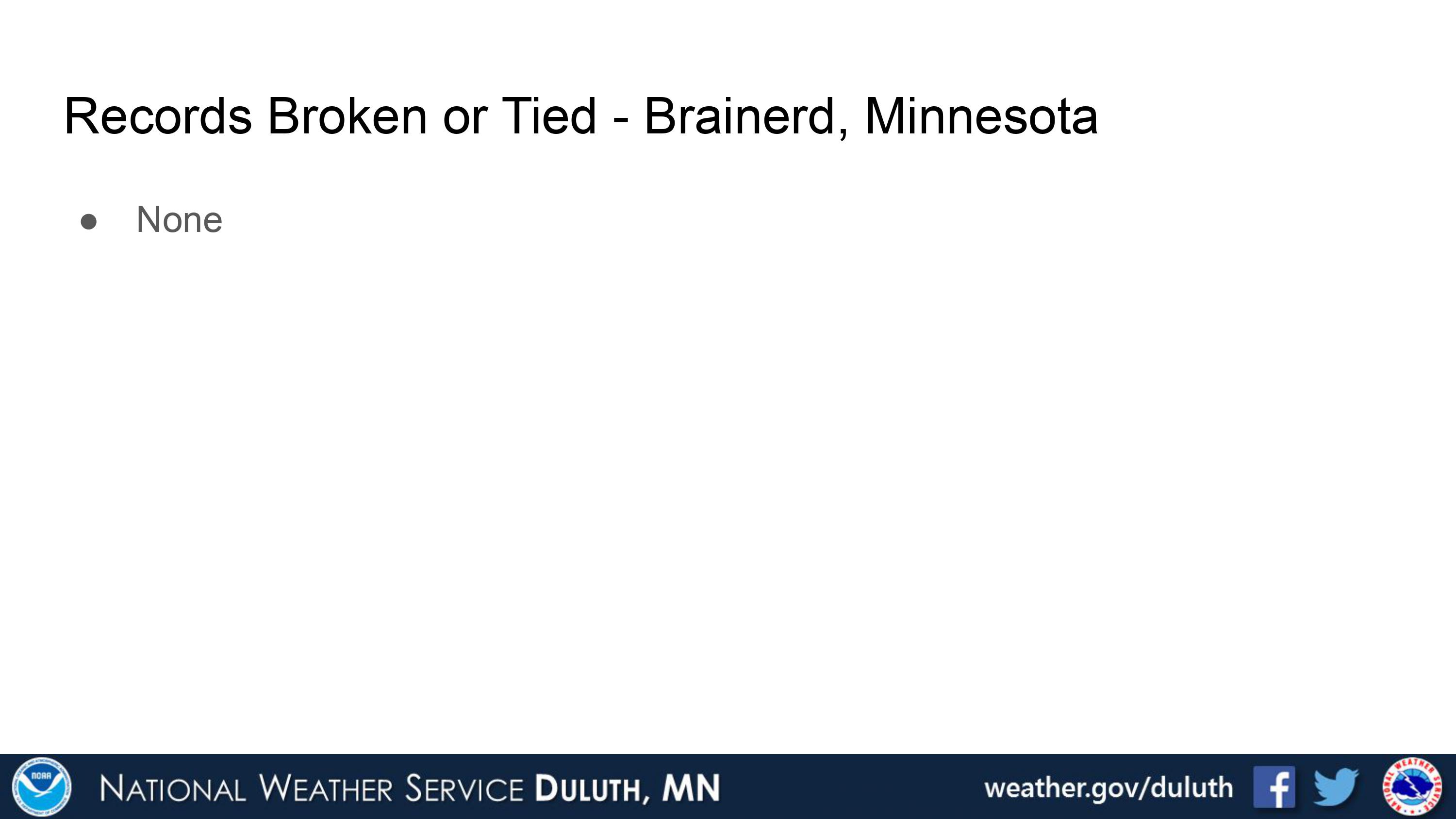
Ashland

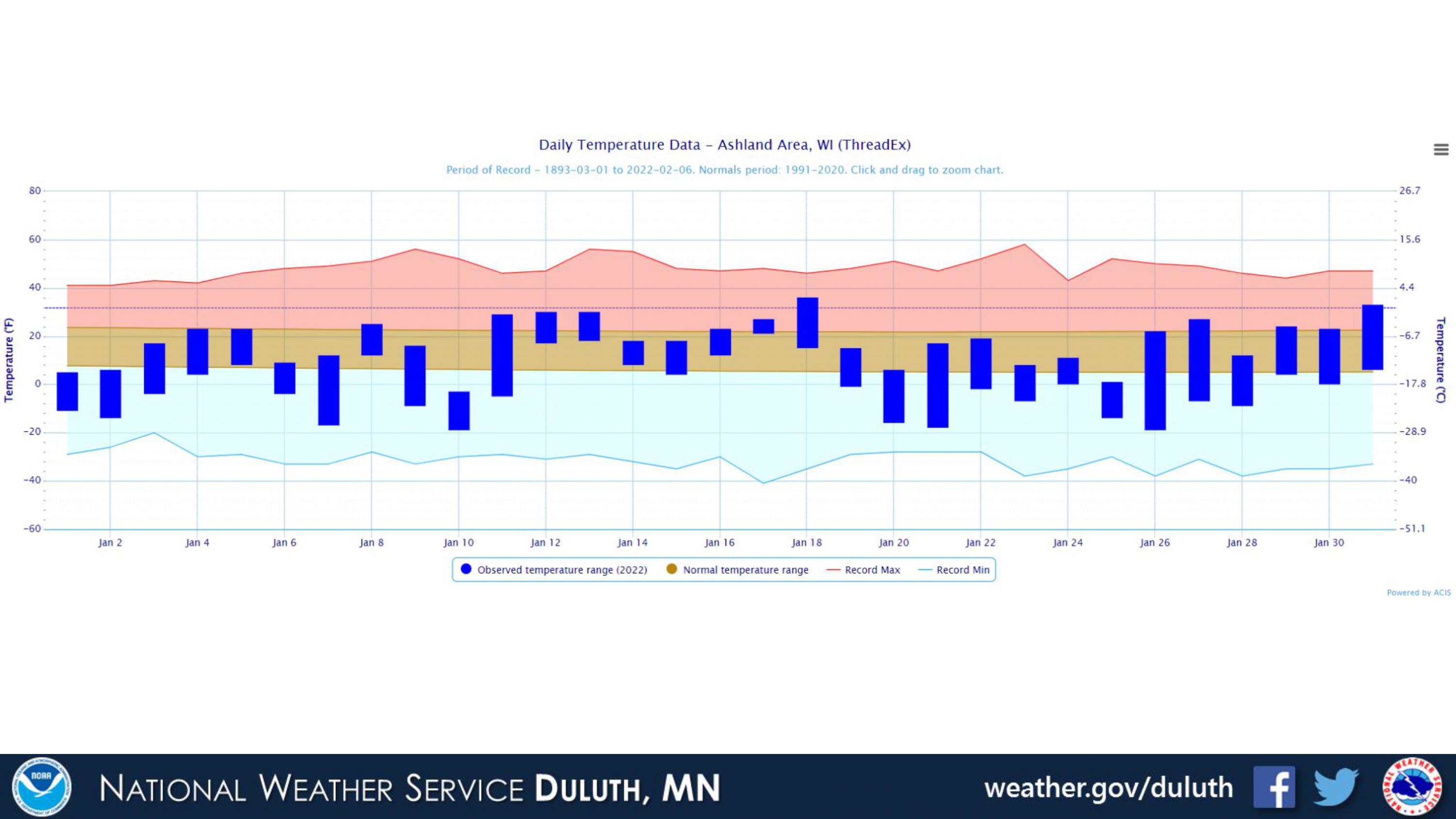
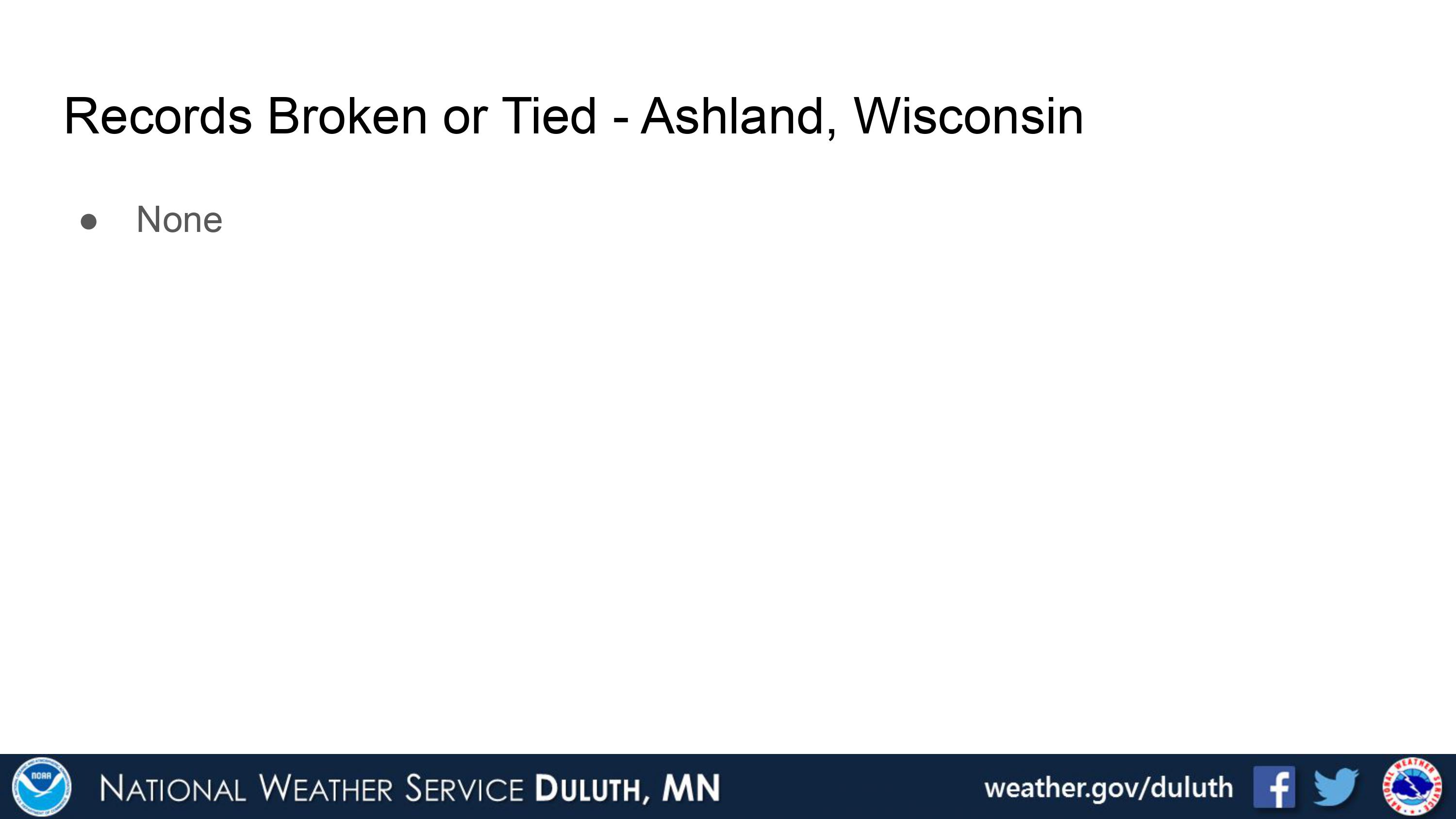
Summary
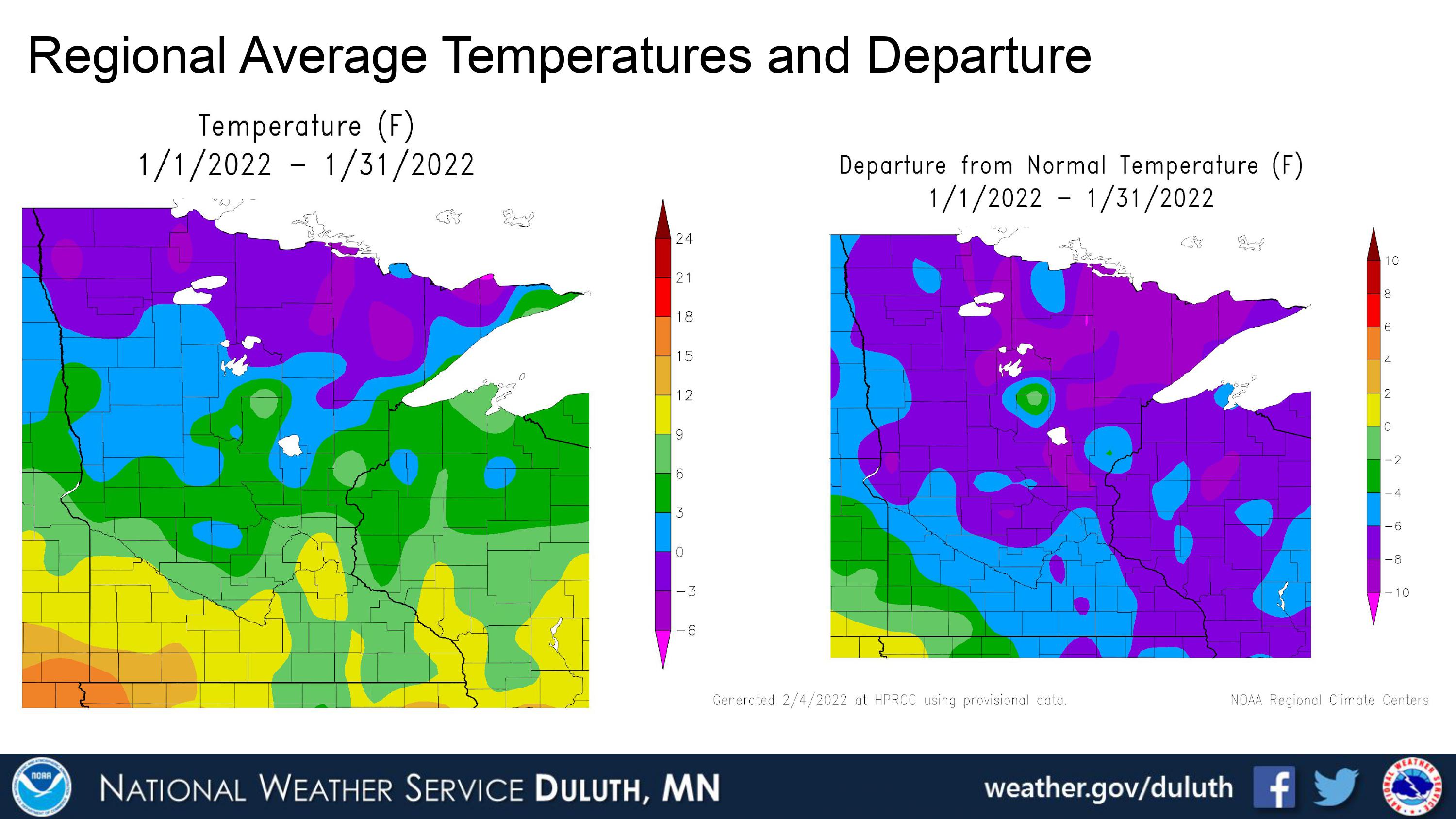


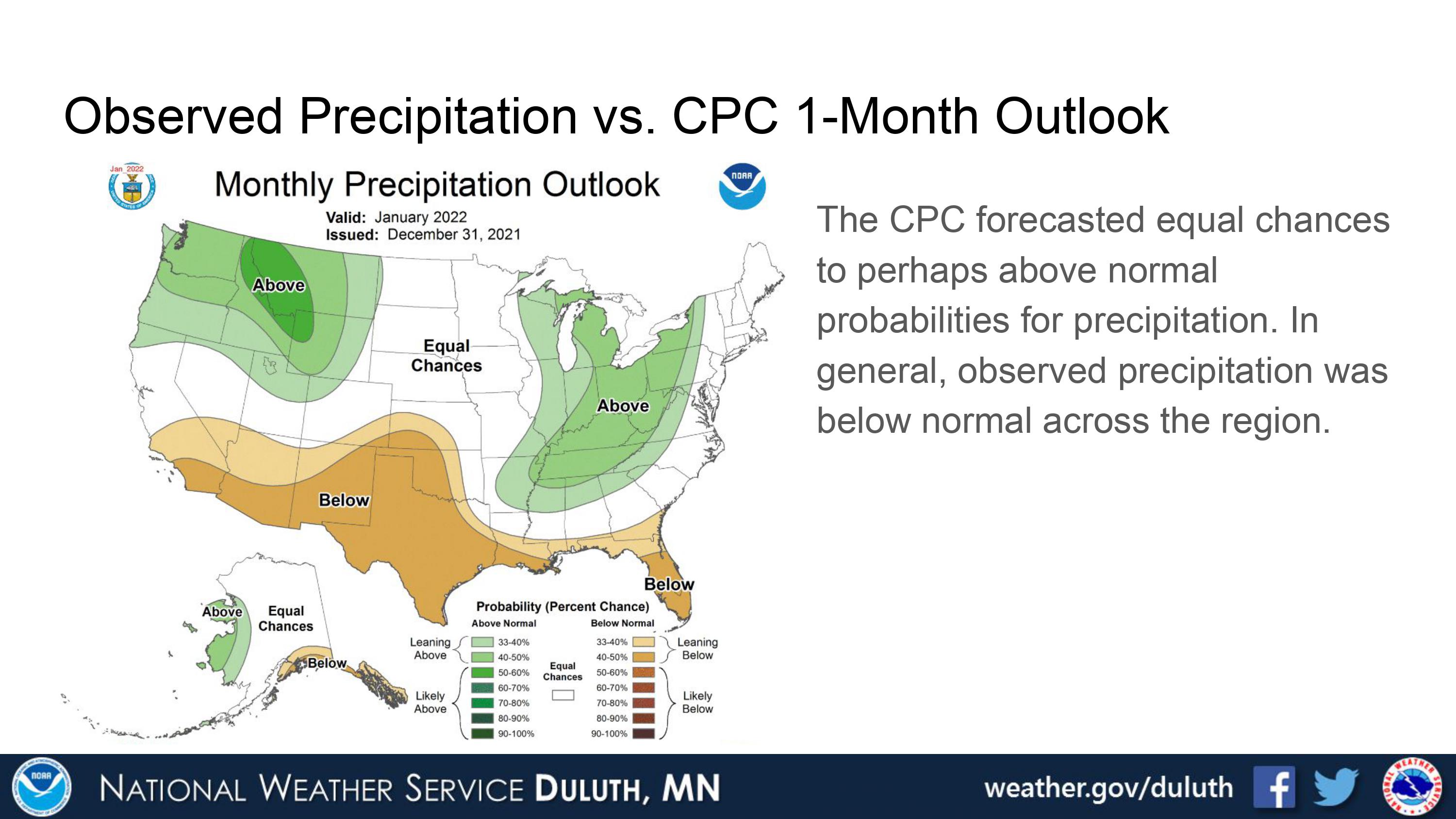
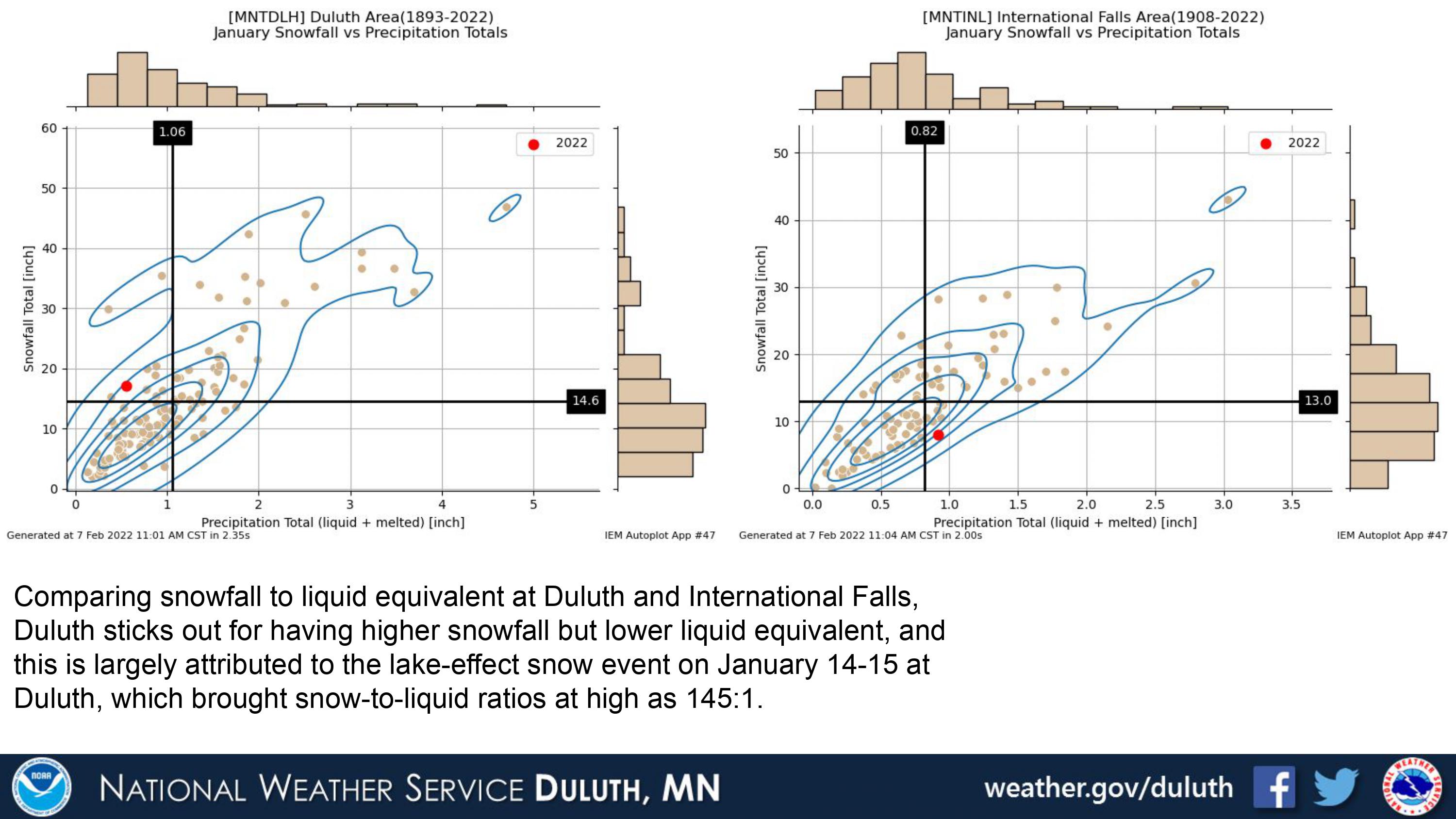
Hydro
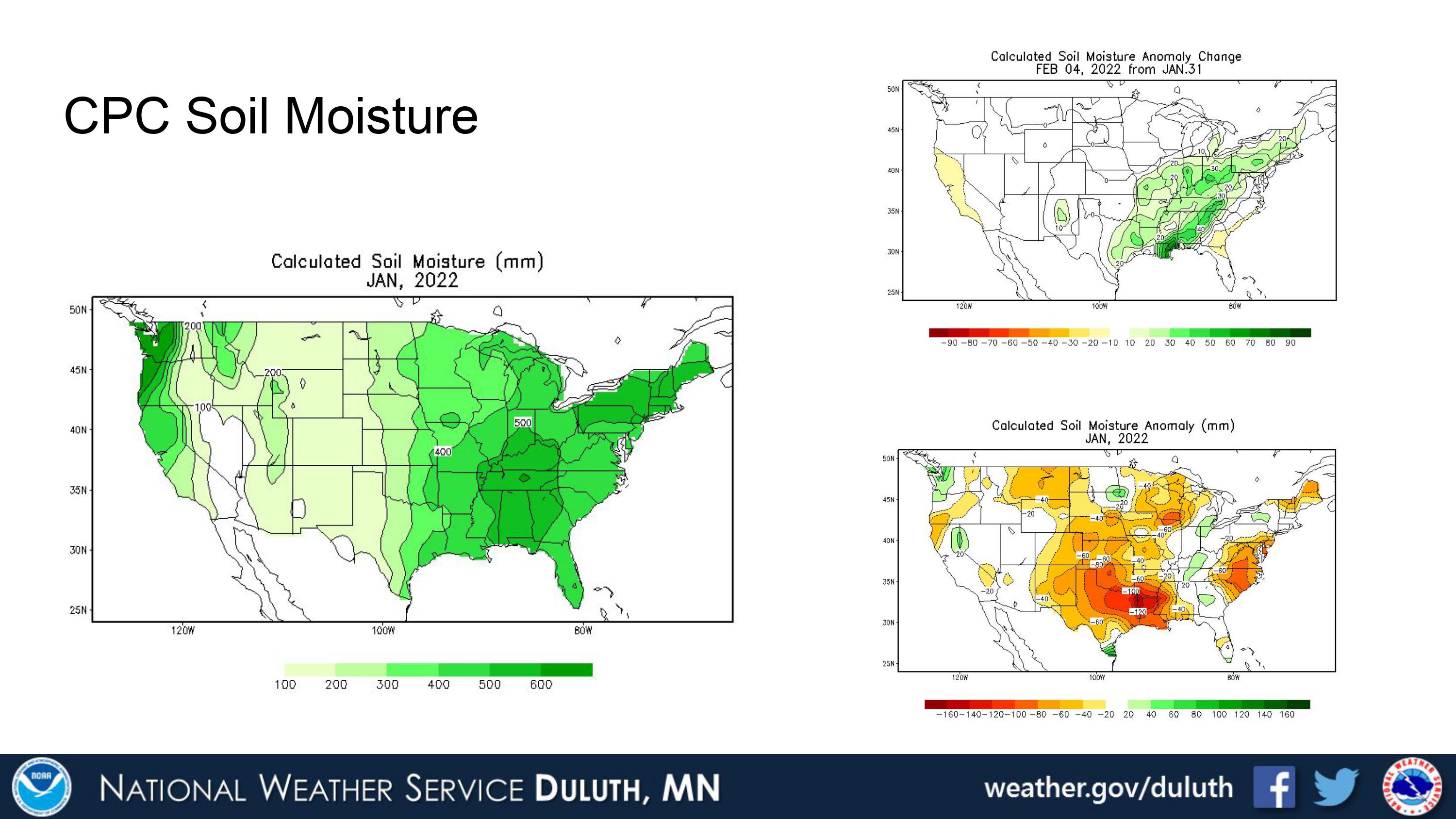
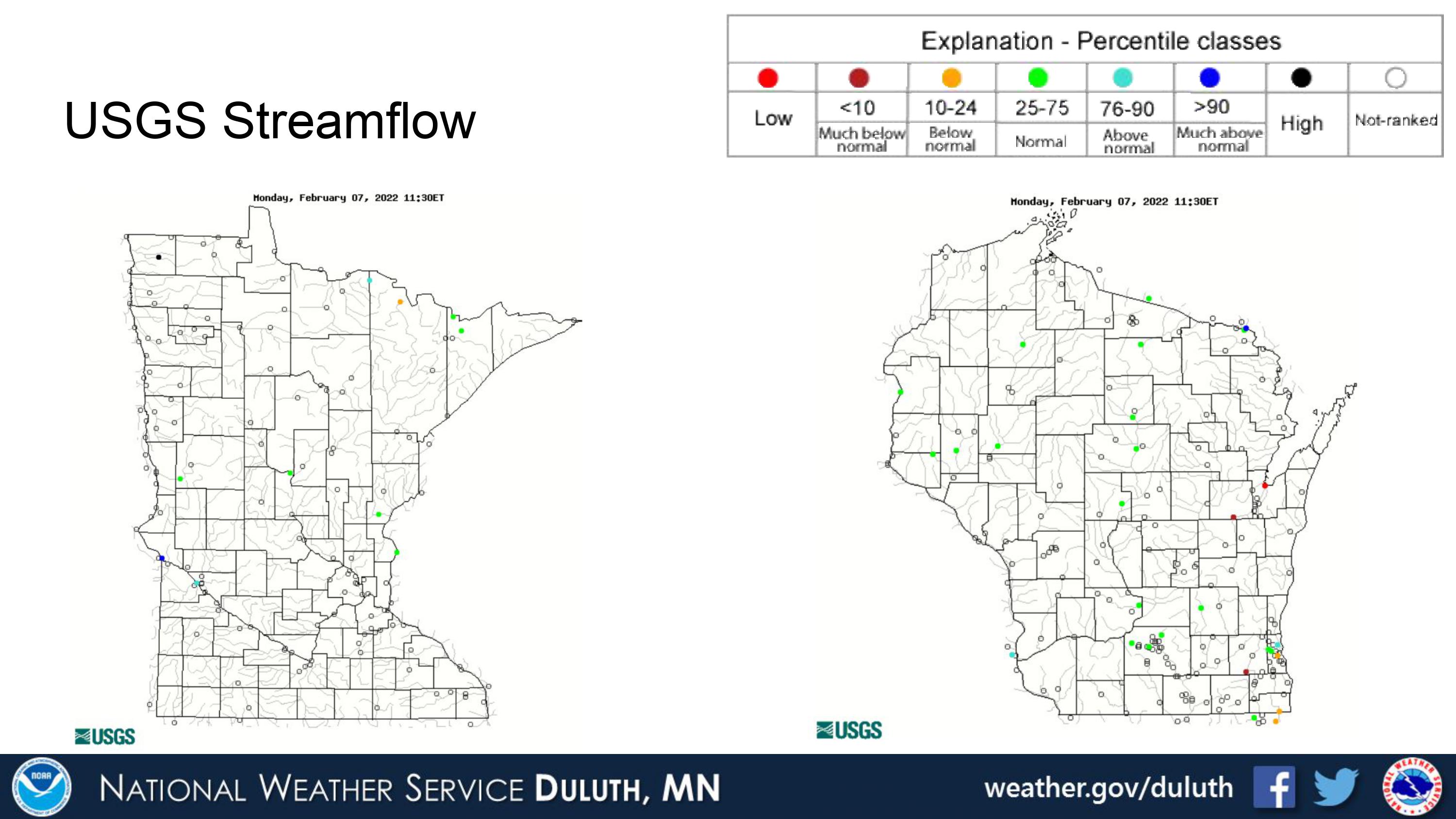
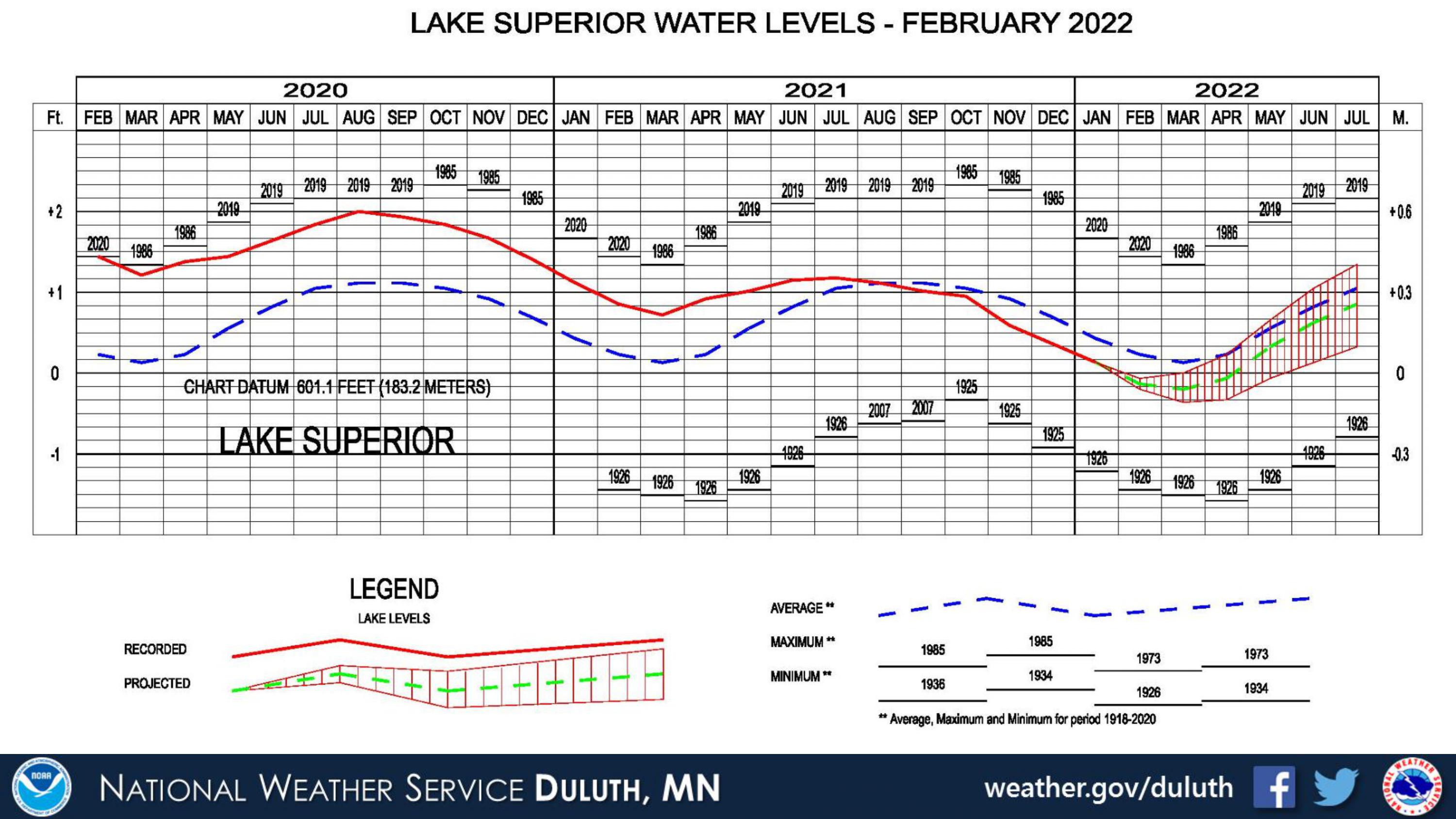
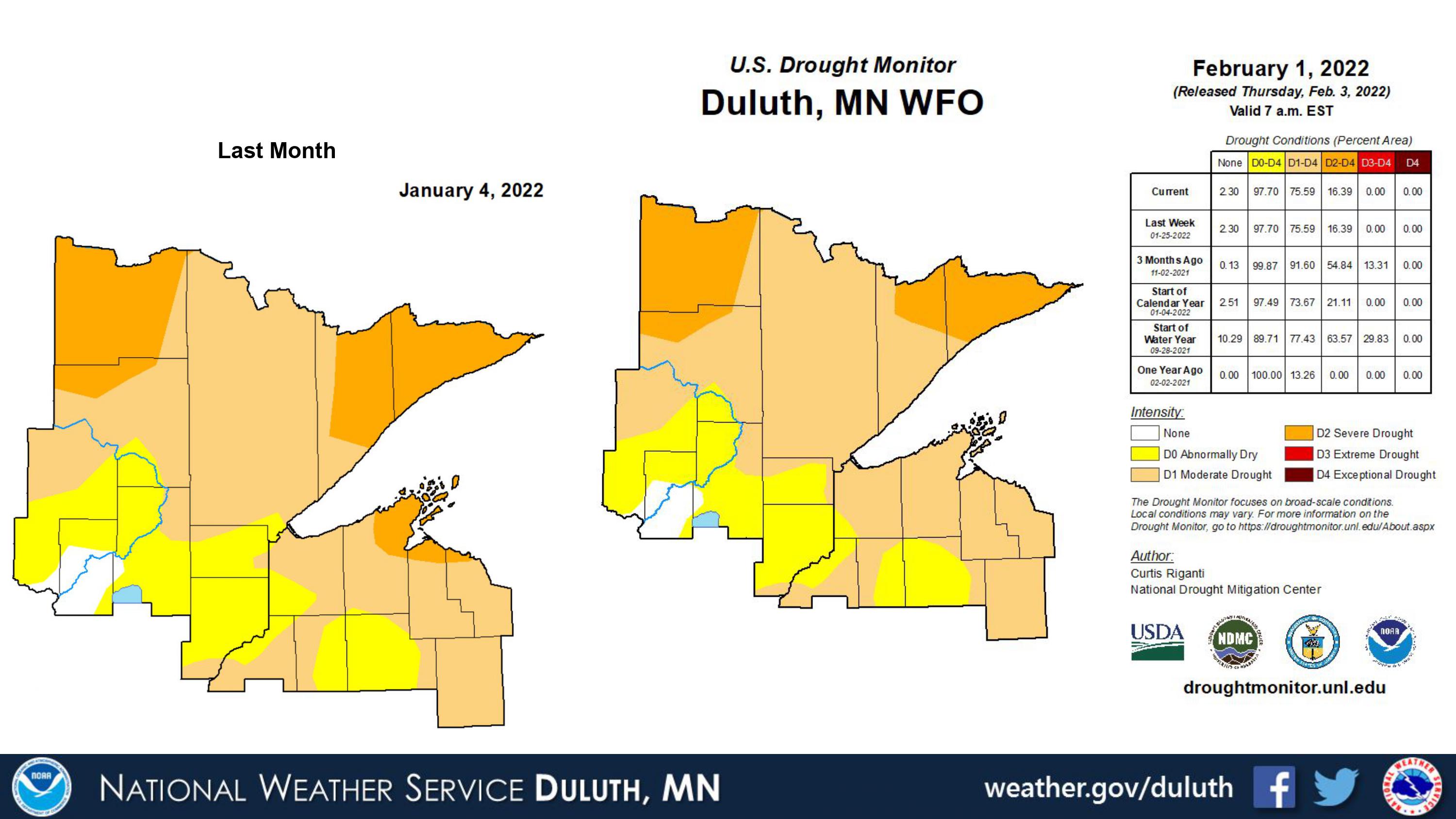
Outlook
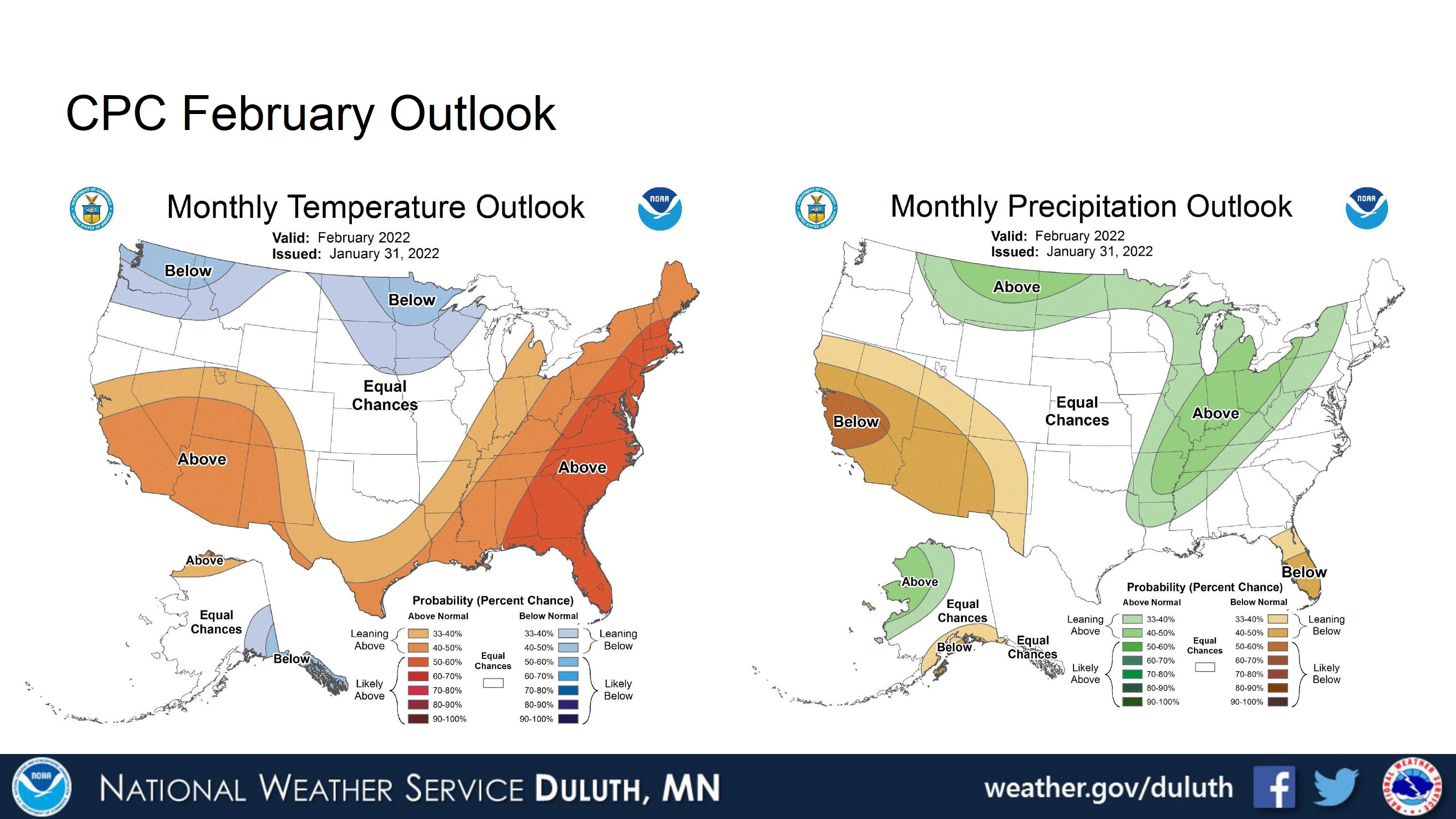
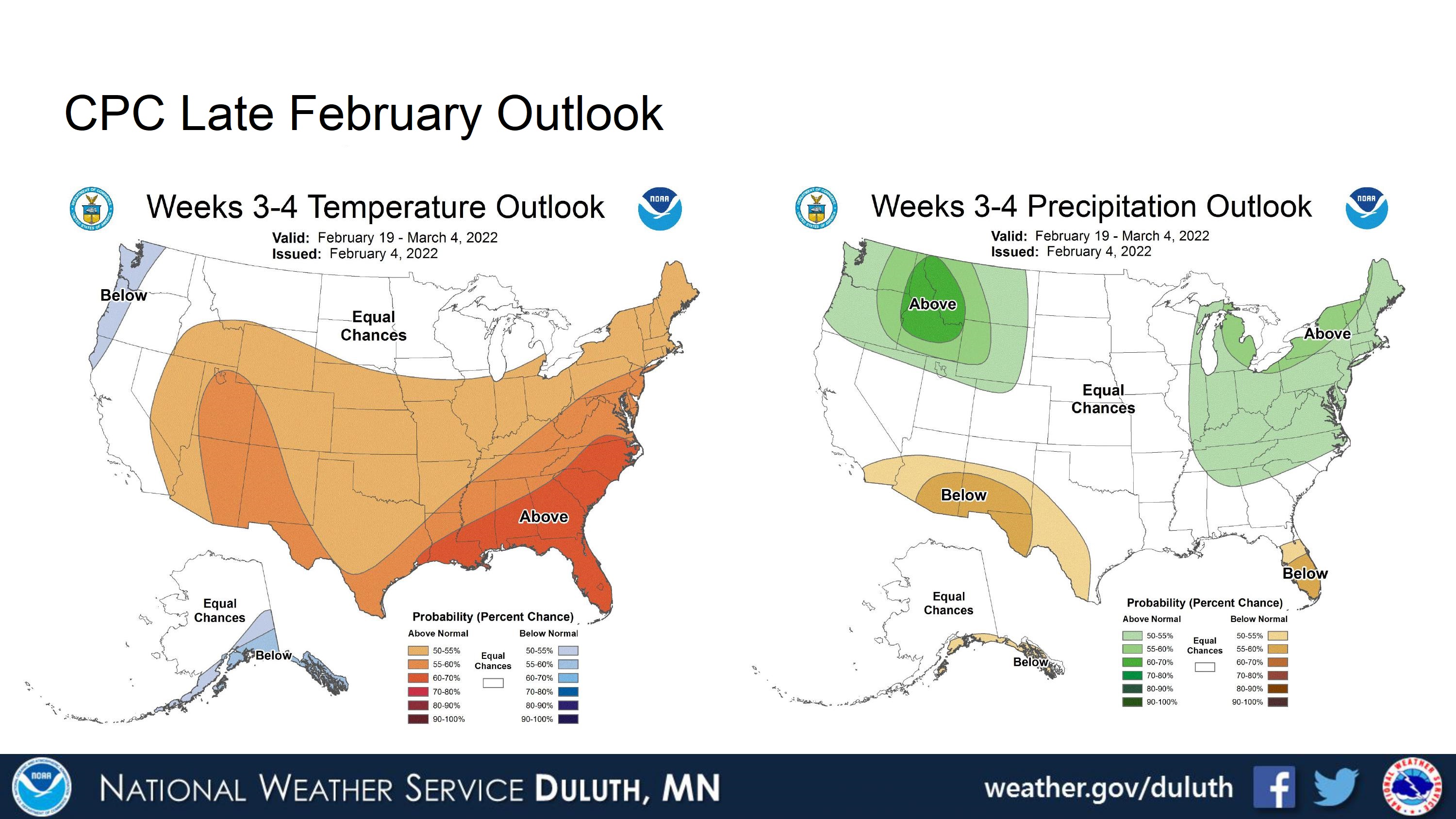
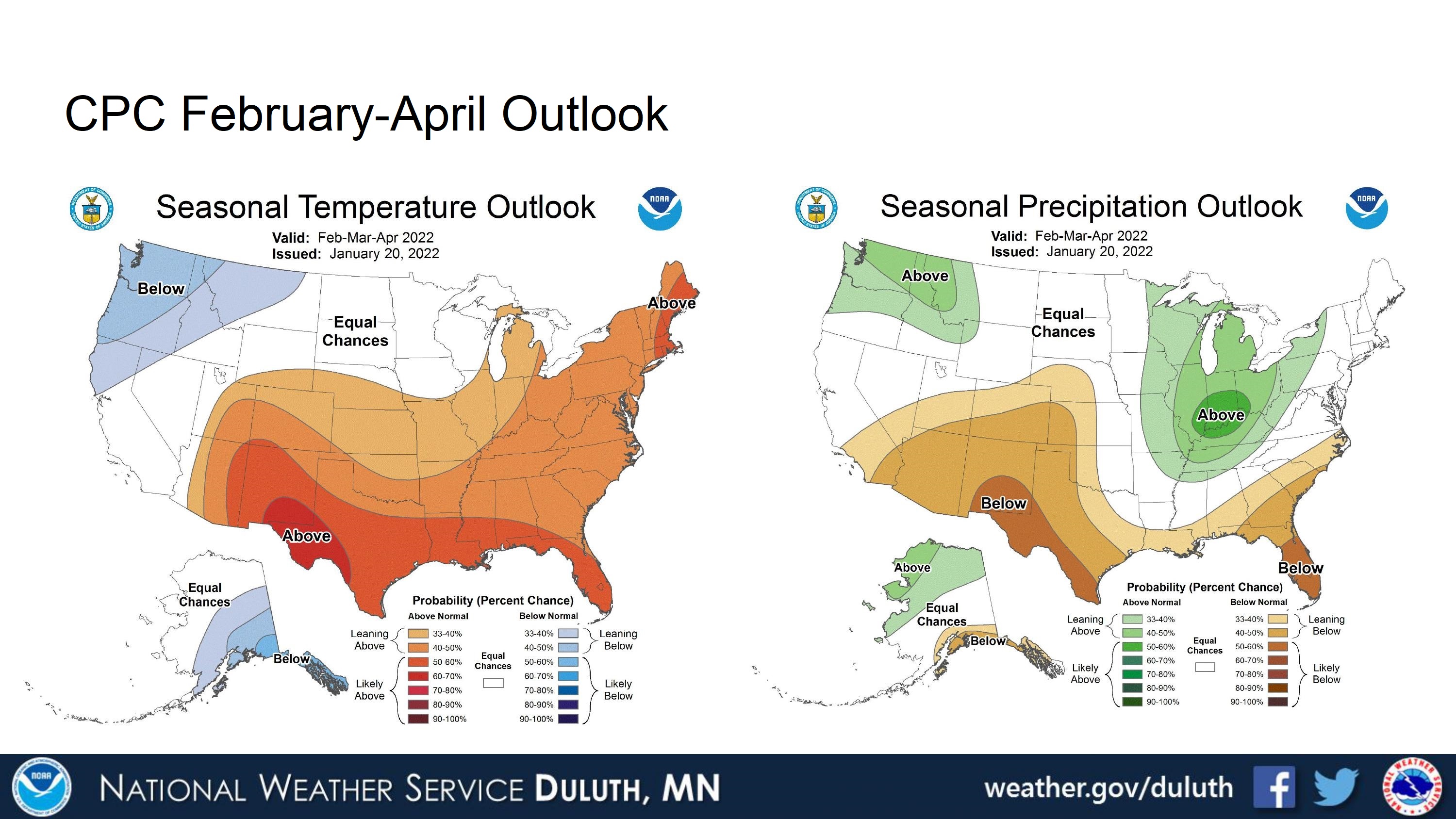
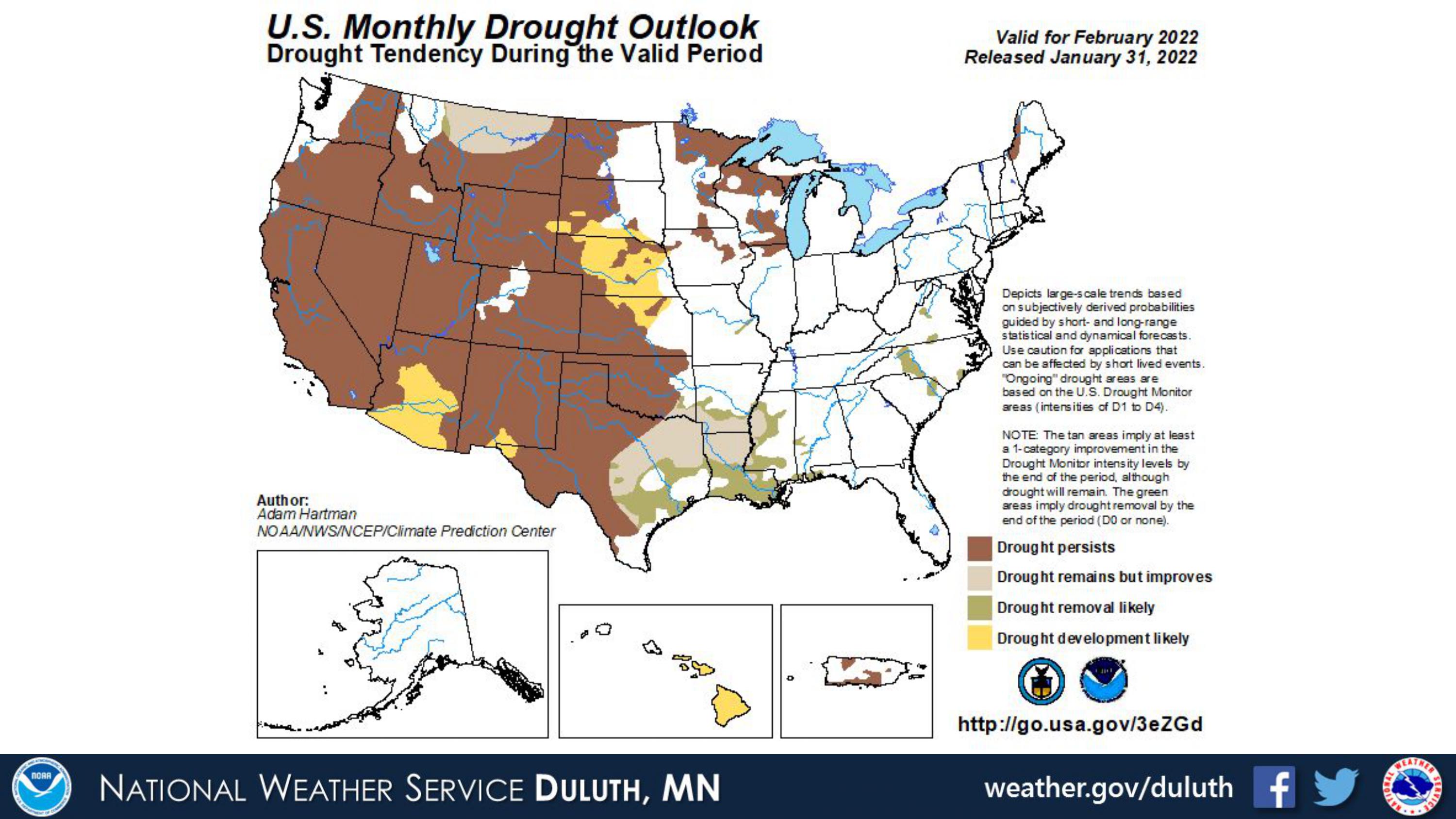

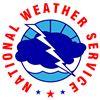 |
Media use of NWS Web News Stories is encouraged! Please acknowledge the NWS as the source of any news information accessed from this site. |
 |
Forecasts
Fire Weather
Great Lakes
Local Text Products
Winter Weather
Local Area Forecasts
Aviation
Marine
Rainy River Basin Page
Current Conditions
Current Observations
Public Information Statements
National Snowfall Map
NOHRSC Snow Analysis
Rain/Snow Reports
Winter Monitor
US Dept of Commerce
National Oceanic and Atmospheric Administration
National Weather Service
Duluth, MN
5027 Miller Trunk Highway
Duluth, MN 55811-1442
218-729-6697 - Duluth; 218-283-4615 - Intl Falls
Comments? Questions? Please Contact Us.

